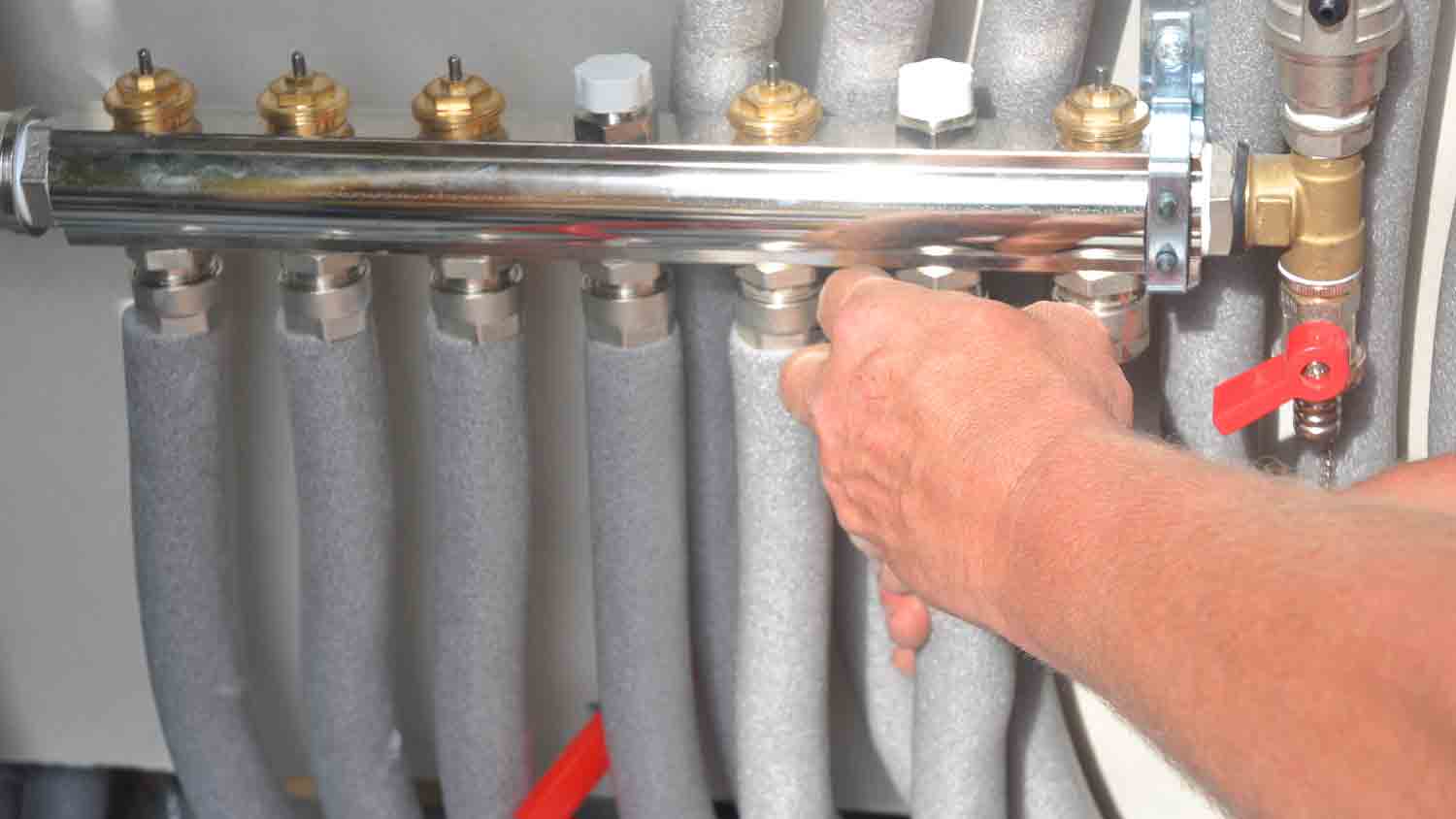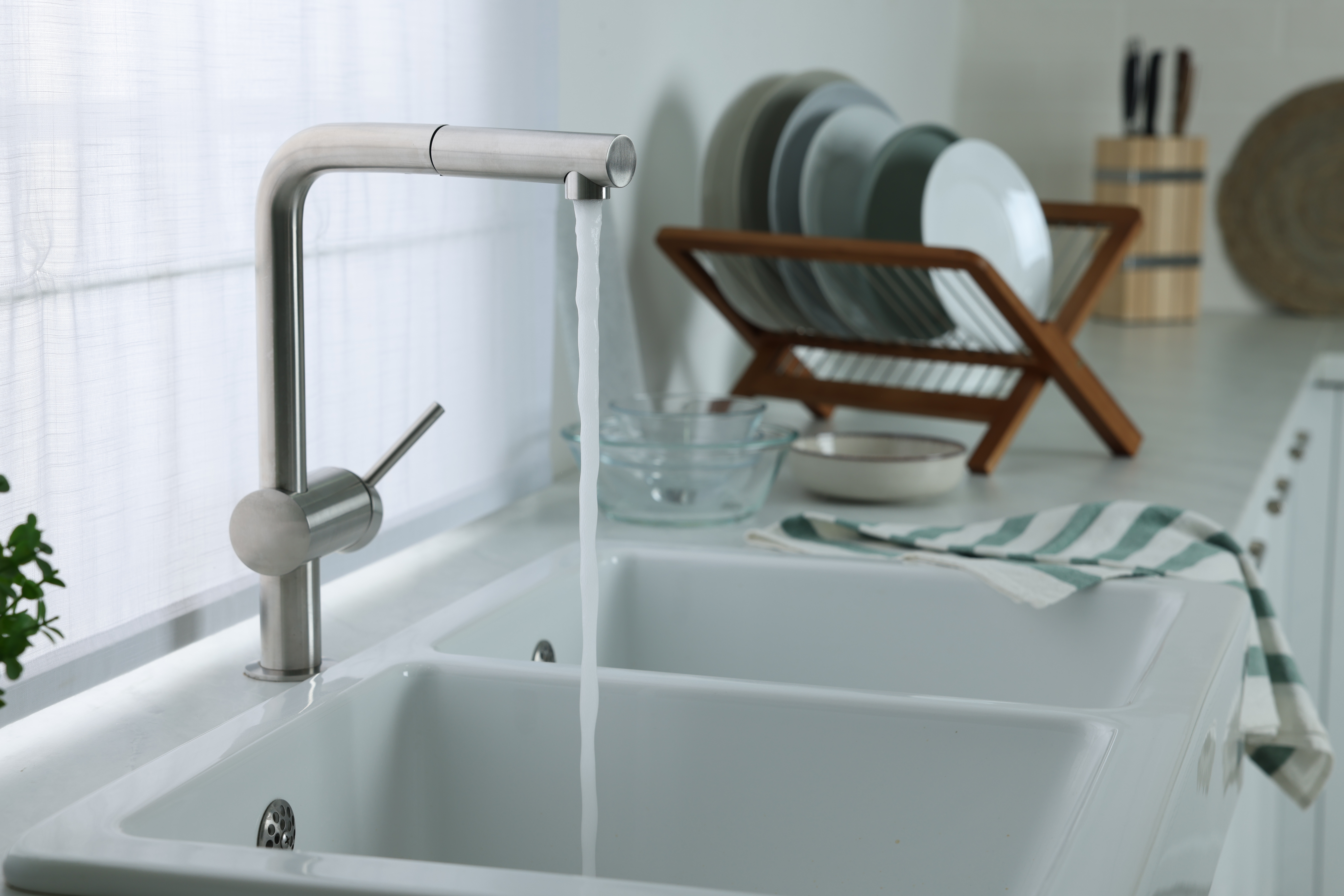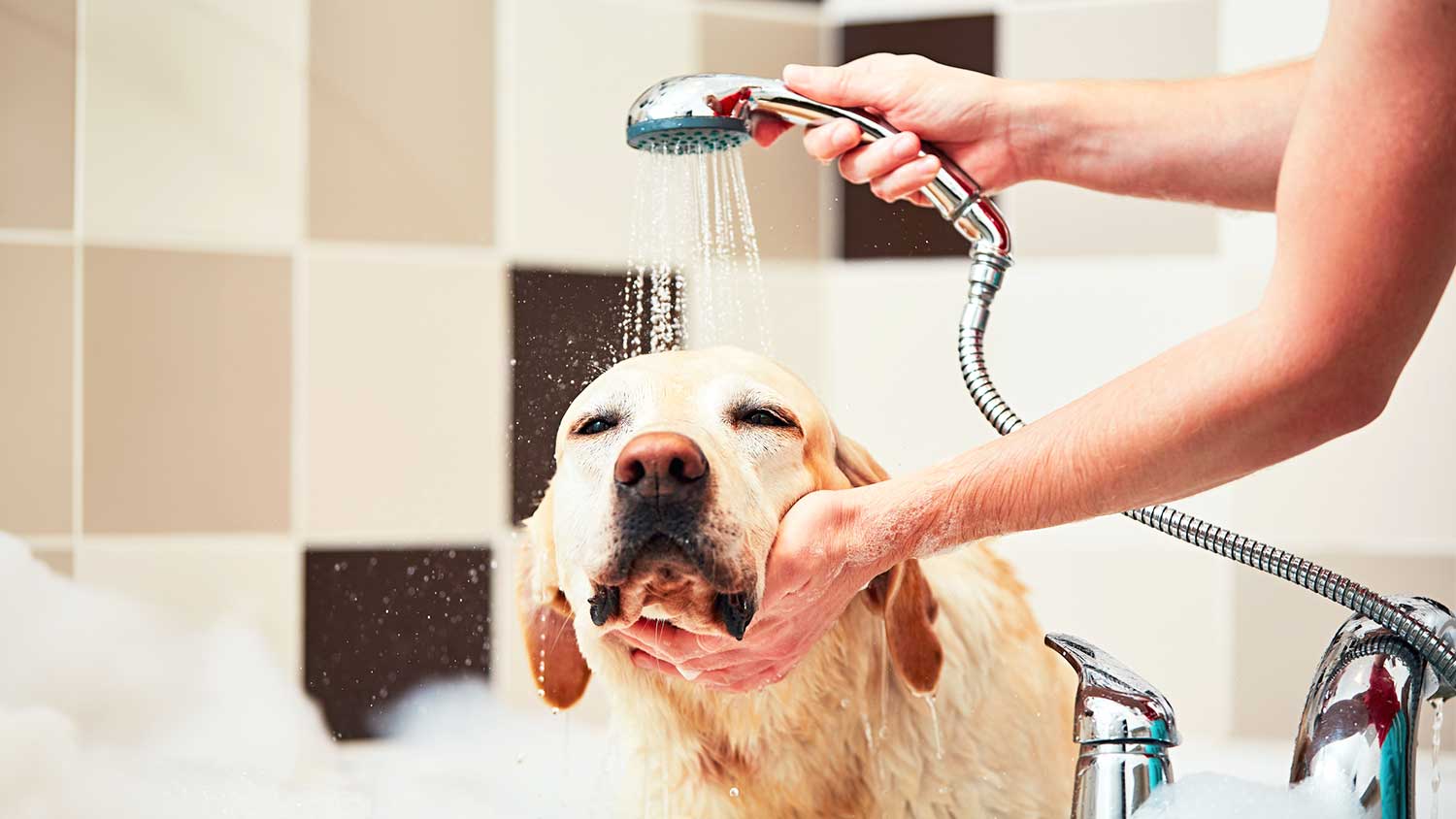
Discover how much a plumber costs in Dallas, explore local cost factors such as water quality and home age, and learn how to hire the right licensed pro.
These steps can help you reduce stress on your plumbing, prevent frozen pipes, and chill out with the weather


While insulating pipes is often a DIY job, hiring a plumber for $50 to $150 per hour can save time and prevent costly mistakes.
Professionals can reach hidden or hard-to-access pipes and identify small issues, like slow leaks or weak joints, before they become emergencies.
They’ll also choose the right insulation materials based on pipe type and placement, something homeowners might overlook.
A pro ensures everything is sealed, insulated, and winter-ready, reducing your risk of frozen or burst pipes when temperatures drop.
As the weather gets colder, a frozen pipe is like a boogeyman for homeowners. But can cold weather cause your pipes to leak?
Chilly temperatures aren't the only thing that stresses out your home’s plumbing. As families gather for the holidays, so do the potential plumbing problems. The truth is that winter and visiting guests can be hard on your home’s pipes, but there are some things you can do to help prevent a costly plumbing leak.
Unfortunately, low temperatures put your home’s pipes at risk. When water freezes, it expands and if this happens inside your pipes, it can cause leaks. Freezing temperatures can also cause ice to form near fittings, putting pressure on the joints and making them more likely to shift and cause leaks that way. Pipes that are exposed to freezing temperatures can freeze and then spring leaks, causing water damage and flooding.

When temperatures dip below freezing, pipes can potentially freeze and burst. This can lead to flooding and water damage, especially if you’re not home to immediately turn off the water. To prevent frozen pipes, insulation is key. It traps in warmth and helps shield your pipes from frigid winds.
Fiberglass insulation is a champion at trapping heat, so it works best for pipes that transport hot water. Many homeowners opt for rubber or foam because it’s easy to install. If you’re handy, insulating your pipes can be a simple DIY.
Purchase foam, rubber, or fiberglass tubes at your local hardware store
Put on protective gloves
Cut the tubes to length
Pull them open (they should have a slit on one side)
Push them around the pipes
If they’re not self-adhesive, use duct tape to secure them in place
Pipes in attics, crawl spaces, and outdoor walls are the most vulnerable, so make sure they’re well-insulated. The risk is particularly high when temperatures drop below 20 degrees Fahrenheit or there’s high wind chill.
During the winter, we spend a lot of time away from our homes, gathering with friends and celebrating the holidays. That’s when a small drip can spiral into a potentially much bigger problem. To avoid any issues down the line, get your plumbing leaks fixed now.
Most plumbing leaks are visible if you know where to look, but some leaks can hide. Scan your utility rooms, kitchen, and bathrooms for drips, puddles, and moisture. Be mindful of under-the-sink plumbing where leaks may go unnoticed. If you spot a problem, you may want to hire a professional plumber to address it.
Your water heater is probably going to get a lot more use during the winter, so you’ll want to make sure it’s in good shape. This is particularly important if you live in an area with hard water, where sediment can build up in the tank and make it rust from the inside out. Nobody wants rust seeping into their drinking water. Nor do they want a rusty water heater to fail and flood their home.
To prevent a problem, drain your water heater and check it for rust. If your water heater is showing significant signs of wear, consider having it fixed or replaced. Always pay attention to signals that your water heater is about to fail.
A garden hose is a pathway into your home’s piping. If you leave your hose outside during the winter, any water that’s left inside can freeze and expand, potentially affecting the connected pipes and faucets. Hello, cracks and burst pipes.
To prevent a problem, disconnect your garden hose and pack it away for the winter once temperatures start dropping below 32 degrees Fahrenheit (the temperature at which water freezes). You can reconnect it when temperatures rise above freezing in the spring.
Sealing off extra lines that go outdoors is one of the best ways to protect your home’s plumbing during the winter. Water sits in the pipes, and if the pipes are away from your home’s heating system and insulation, they can freeze and burst. A small leak can quickly become a much bigger problem.
If you have interior shut-off valves that lead to outdoor faucets—and you don’t need to use the faucets—turn them off for the season. Even a line going to a water feature in your garden can pose an issue.
When a sump pump is exposed to extreme cold (temperatures below 20 degrees Fahrenheit), it can freeze or stop working. A malfunctioning sump pump is a one-way ticket to a flooded basement, especially if it’s been raining. To avoid problems, make sure you clean and inspect your sump pump before the cold weather hits. If you live in an area with winter storms that tend to knock out the power, you may want to consider a sump pump that runs on a generator.
If you’re expecting extreme cold, an intentionally leaky faucet is actually a good thing. When temperatures dip below 20 degrees Fahrenheit, leave your faucets at a slow drip. This keeps water moving (making it harder to freeze) and alleviates pressure in the lines (reducing the stress that may cause a pipe to burst).
If your area is experiencing unusually cold temperatures, pipes that run to sinks and other fixtures with cabinets around them are a prime spot for frozen pipes. Because cabinet and closet doors can prevent warm, heated air from circulating around the wall where the pipes run, opening the doors to areas where pipes run can help prevent them from freezing by allowing the heated air to circulate inside.

During the winter, many homeowners lower the temperature on their thermostats when they’re not at home. In theory, using less energy saves you money—but not if it causes a burst pipe. Winter cold fronts can be unpredictable, which can be a big issue if you’re not home to raise the temperature.
If you’re traveling a lot for the holidays, you may want to consider investing in a smart thermostat. You’ll be able to adjust it through a mobile app when the next polar vortex strikes.
In the autumn, leaves and debris tend to clog outdoor drains and block gutters. This poses a problem when winter rolls around because if water can’t properly drain, it’ll freeze. To protect your plumbing, clean outdoor drains periodically through autumn and winter. Excess standing water probably means you have a clog, and you might need to bring in a professional.
If you think you might have a leak from a burst pipe, you should look for signs of moisture where there shouldn’t be any. Checking around sinks, showers, or other fixtures for water is a good place to start, but there are some other signs you should look for.
Look for areas where the walls are soft or give when you push on them. Water that seeps behind paint and other wall treatments like tile might not show other signs of moisture. Most of the time, pipes will freeze on or near exterior walls first, so if there’s a leak, this is a good place to start.
If you notice that the floor gives more than it should when you step on it, that could be a sign that water from a burst pipe is running into the floor. If you have flooring that hides the subfloor well, softer-than-normal flooring is often the first sign you’ll see of a leak.
If one particular tap or your whole house has low water pressure during a hard freeze, you might have a burst pipe somewhere in your home. Check to make sure that your water shutoff valves for the affected area are open, and that’s not the cause of the low pressure before you conclude that it’s from a burst pipe.
Look for places that show some dampness or discoloration from water. These signs will likely show up in line with a leaking pipe, but water can sometimes run down framing or electrical conduit, so it’s not hard proof of the source of the leak.
If you think you’ve narrowed down the source of the leak, you can drill a small hole in the wall near where you think the burst pipe is and feed an automotive camera through the hole to look for the leak. These small, lighted cameras can help you zero in on the leak so you don’t need to cut away too much of the wall when accessing the pipe for repair.
If you’re suddenly using more water than usual, this is a red flag for a leak. Since the water will run continuously, your water meter will register a spike in use. Compare your current usage to past billing periods to see if you need to start finding a leak.
To prevent cold weather from causing damage to your pipes, you can do most preventative maintenance yourself. Installing foam pipe insulation can be accomplished for between $3 and $5 per six-foot section. Hiring a local plumber for winterization will cost between $50 and $150 an hour. The average cost for a plumbing pro to add pipe insulation per 100 linear feet is $600. While pipe insulation can be a DIY project that can save you lots of money, if pipes are exposed, if you have a lot of pipes to insulate or if they are in places that are difficult to reach, hiring a pro is worth it.
From average costs to expert advice, get all the answers you need to get your job done.

Discover how much a plumber costs in Dallas, explore local cost factors such as water quality and home age, and learn how to hire the right licensed pro.

Learn about main water line repair costs in Dallas and what affects your total so that you can budget accurately and avoid surprise charges.

Pipe leak repair costs depend on the location and severity of the leak, as well as the type of pipe being replaced. Use our guide to price out repair work.

Follow this guide to learn how to install a kitchen sink drain, from shutting off the water supply to lowering the drain outlet and connecting the P-trap.

So, your toilet is wobbly, huh? Find the root cause and fix a rocking toilet yourself using caulk or plastic shims (or simply repair a loose toilet seat).

Shower diverters will wear down over time and eventually need repairs. This guide will show you how to fix a shower diverter and get your shower working again.